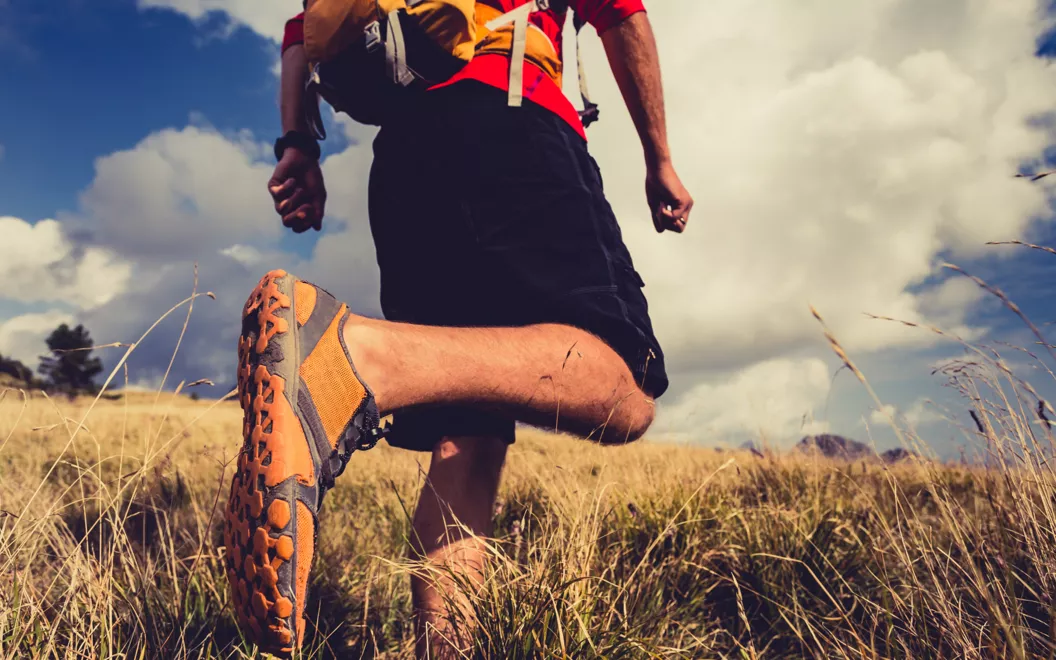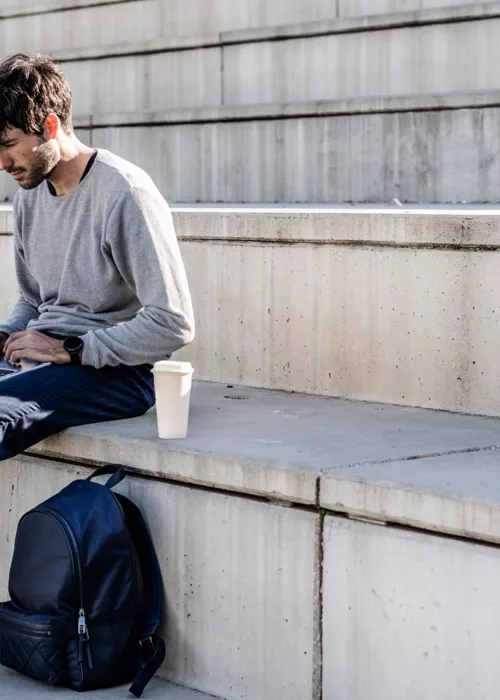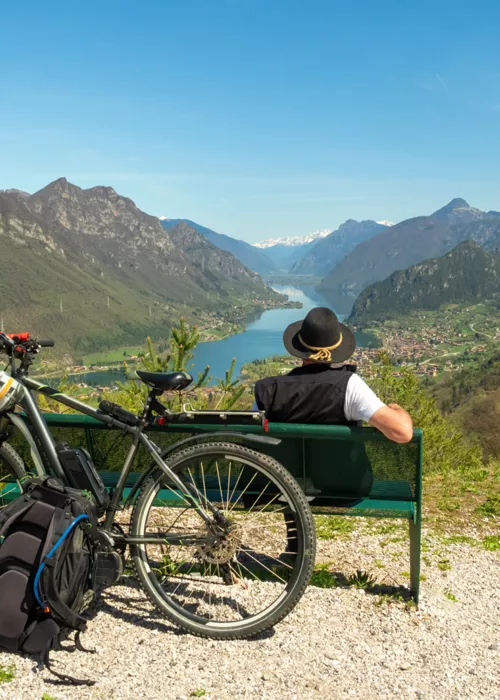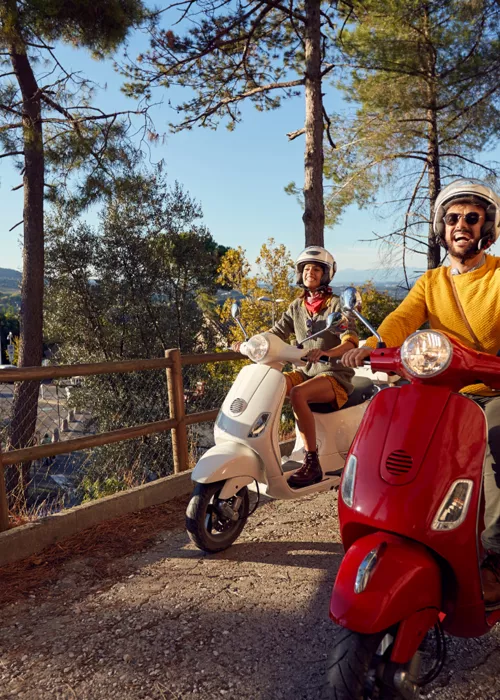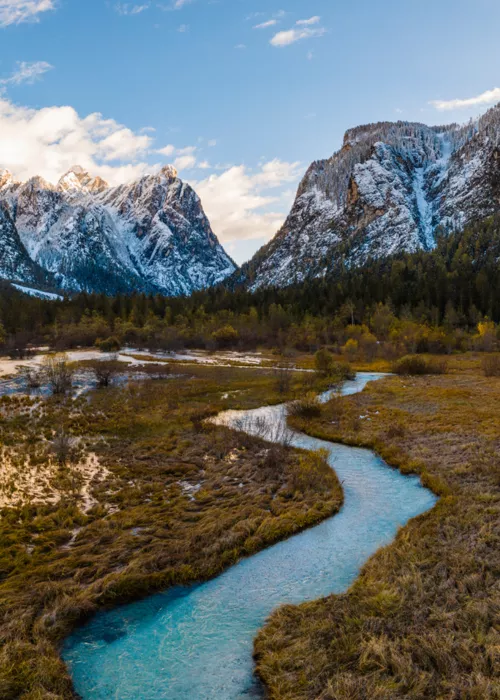The perfect backpack: essential for a summer walk in Italy
3 minutes
Pilgrims who choose to spend their holidays on one of the many routes, organised or otherwise, know this well. Hiking enthusiasts in Italy are equally aware of this, as they are sure to have plenty to do and many paths for their walks.
But how can one best prepare for what the paths in Italy have in store, especially in summer?
The hiking backpack
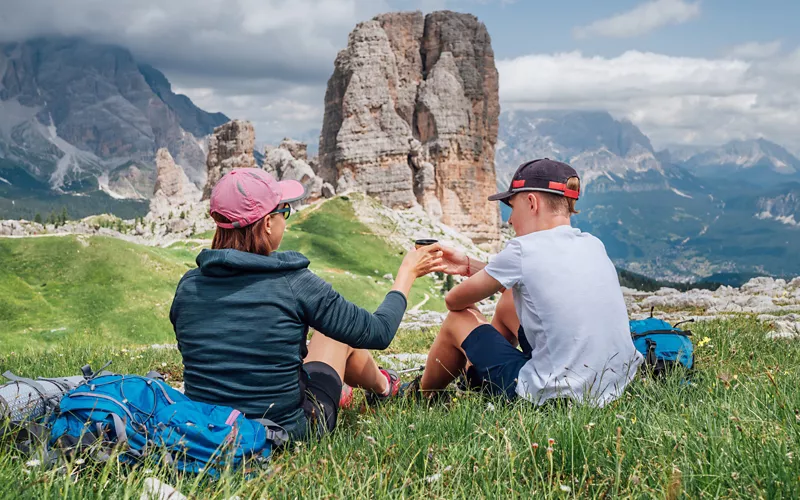
Before setting out on a hike, you must choose very carefully the key item for your journey: the hiking backpack will, in short, be your faithful companion for the entire journey. First of all, it must be relatively light and the fabric must be relatively durable.
Along the way, you may come across days of sunshine or heavy rain, suffocating heat or strong wind. Therefore, make sure you choose a good quality backpack that guarantees you comfort and customisable adjustments.
The weight of the backpack: the Via degli Dei and the Via Francigena
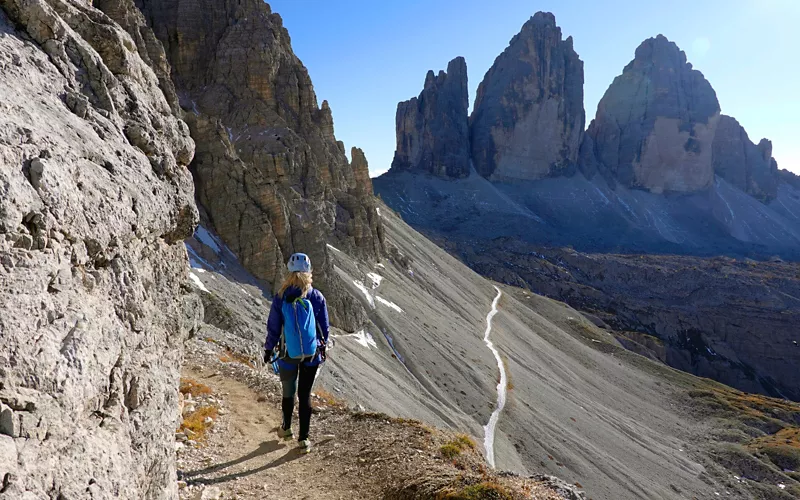
As a general rule, ideal weight should not exceed 10% of your body weight on walks that involve support structures.
As the distance increases, you'll need to gradually lighten your load, as the effort required will clearly be greater.
If, for example, you decide to tackle the Via degli Dei, the route that connects Bologna to Florence across the Apennines, the 130 km of the walk is, yes, challenging in some sections, but it can be adjusted according to your time and ability. We recommend not rushing and instead enjoying the scenery at a slow pace to fully savor the historic route.
If, however, you've chosen a significantly longer route, such as the Via Francigena, then you might want to consider reducing the size of your backpack: with its 1,000 km, which wind from the Great St. Bernard Pass to Rome along mountain paths, stone mule tracks, and country roads, it is one of the most challenging pilgrimage routes in Italy, but rich in beauty.
What to put in your backpack: a list stripped down to the essentials
Even if you decide to set out during the summer season, you must always be prepared for the eventuality of encountering bad weather along the way. It is therefore advisable to protect your backpack with a waterproof cover, and place all the contents in plastic or nylon bags so that heavy and continuous rain does not damage anything. A further measure to protect clothing and various accessories from possible moisture is to divide them into compartments, each in a bag.
The list of items you carry on your back should be kept as small as possible. A topographical map of the place you will be passing through and a mini first-aid kit are indispensable. An altimeter and sunscreen are also useful, especially if you are in direct sunlight. Next, pack a waterproof jacket (preferably one that can be compressed) or a waxed canvas poncho, fleece clothing and gloves (if you are tackling high altitudes and the cold gets to you), a t-shirt and long trousers (replace cotton with synthetic technical clothing), spare briefs and socks, a microfibre towel, a hat, handkerchiefs, sunglasses, walking poles and a compact sleeping bag.
How to wear a backpack: symmetry of objects and weight distribution
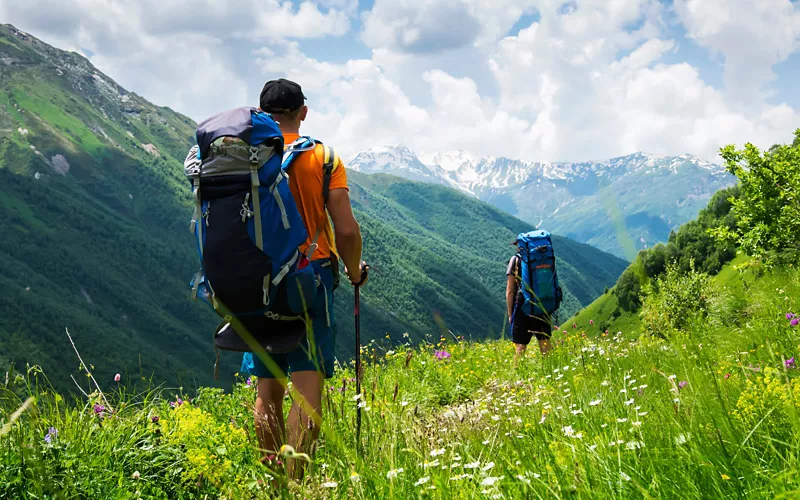
It is essential to try to distribute the load evenly, leaving the lighter objects at the top of the backpack and the heavier ones towards the pelvis, to avoid weighing down the shoulders. For the same reason, tighten the belt as much as possible, just above the hips.
Choose a backpack with adjustable straps so that it can be adapted to your height and to bring the upper part of the bag closer to your back.
There are many walking routes in Italy and each one is full of charm.
They are a dual journey: to discover one's inner world and the world around you, in which you come into full contact with nature and the products of the earth.
We have suggested that you take the essentials with you, but we have one last piece of advice: try to find a place in your backpack for a notebook. You can jot down your impressions of the trip, and they will be a beautiful memento of your experience.

